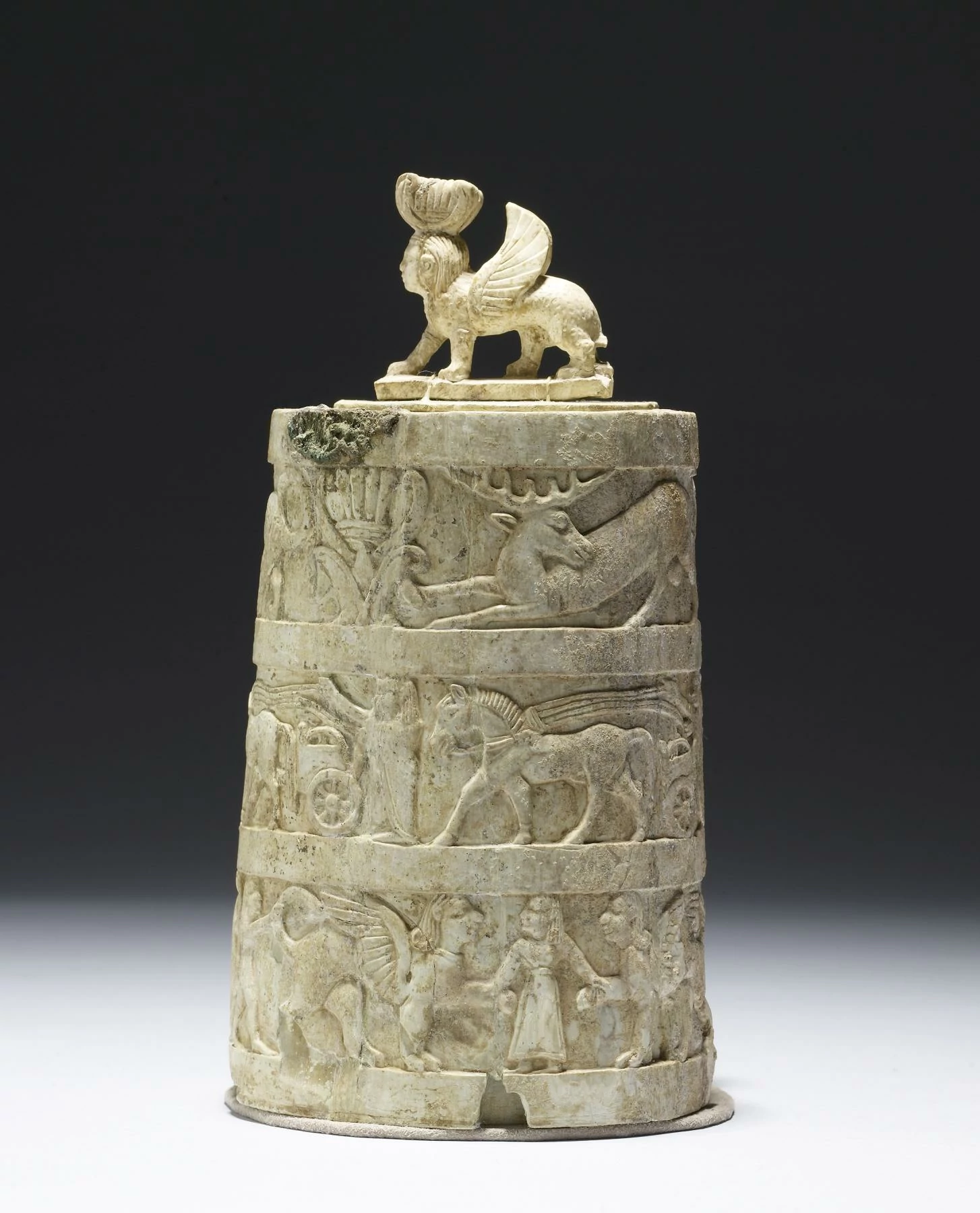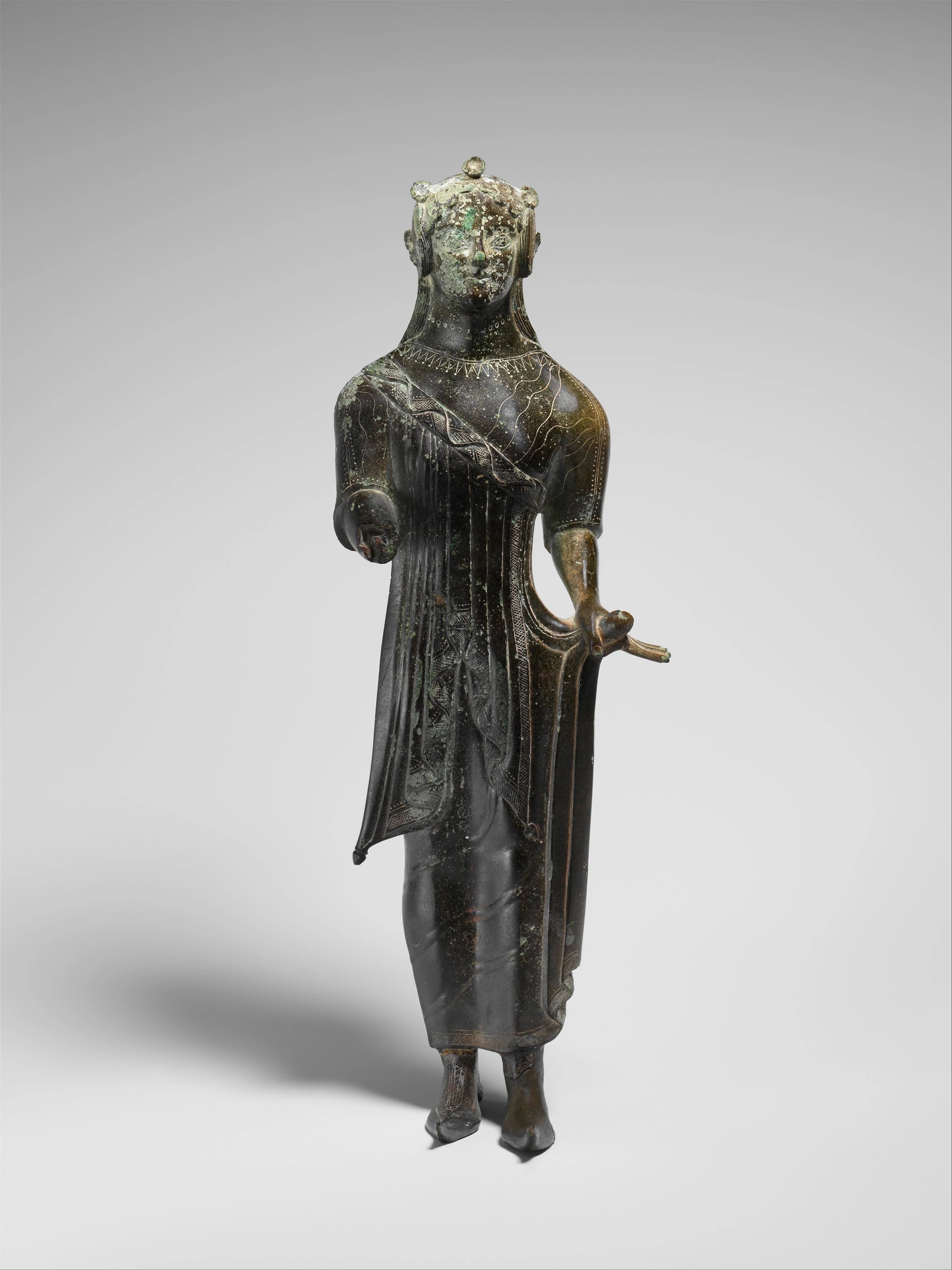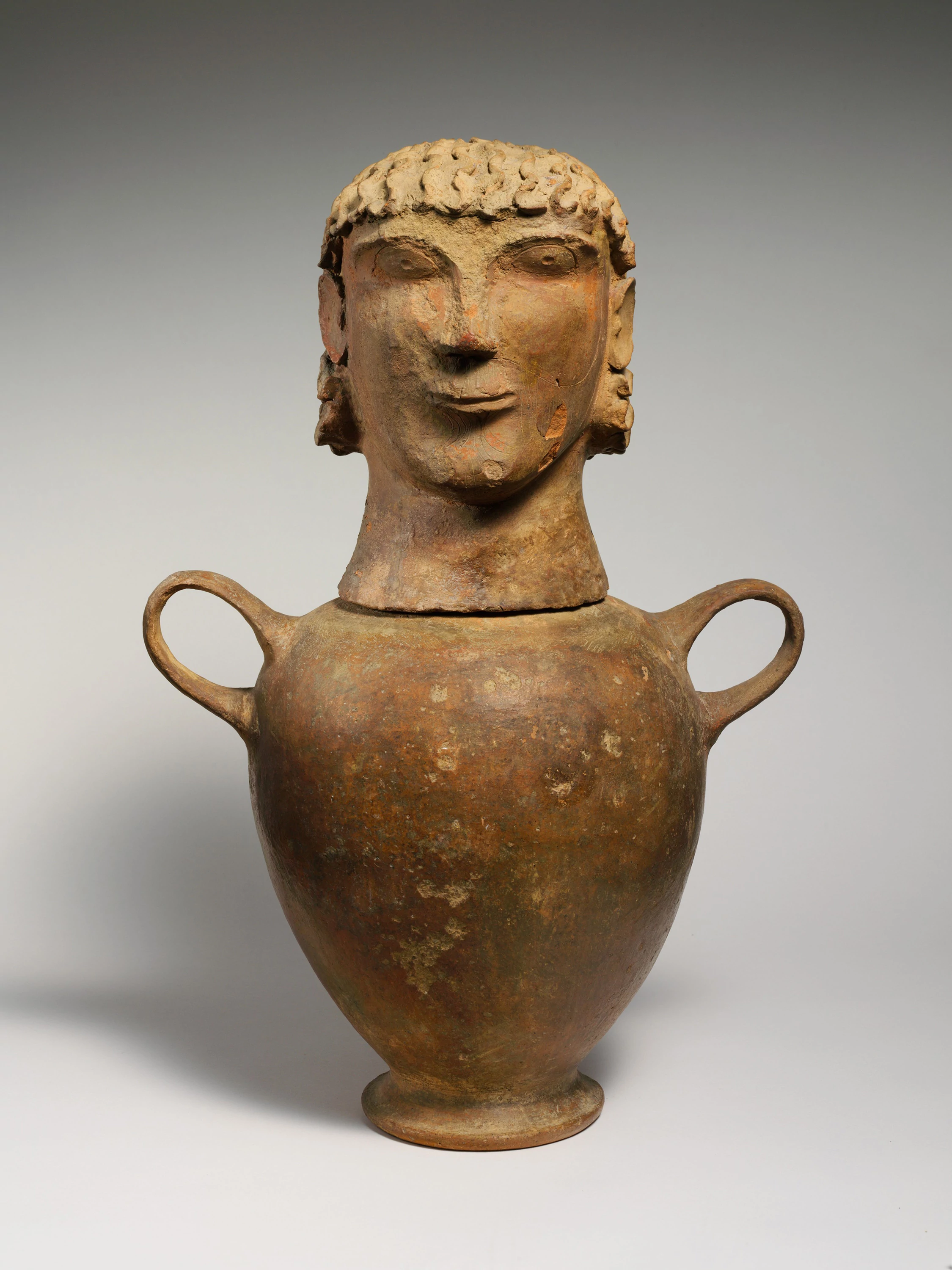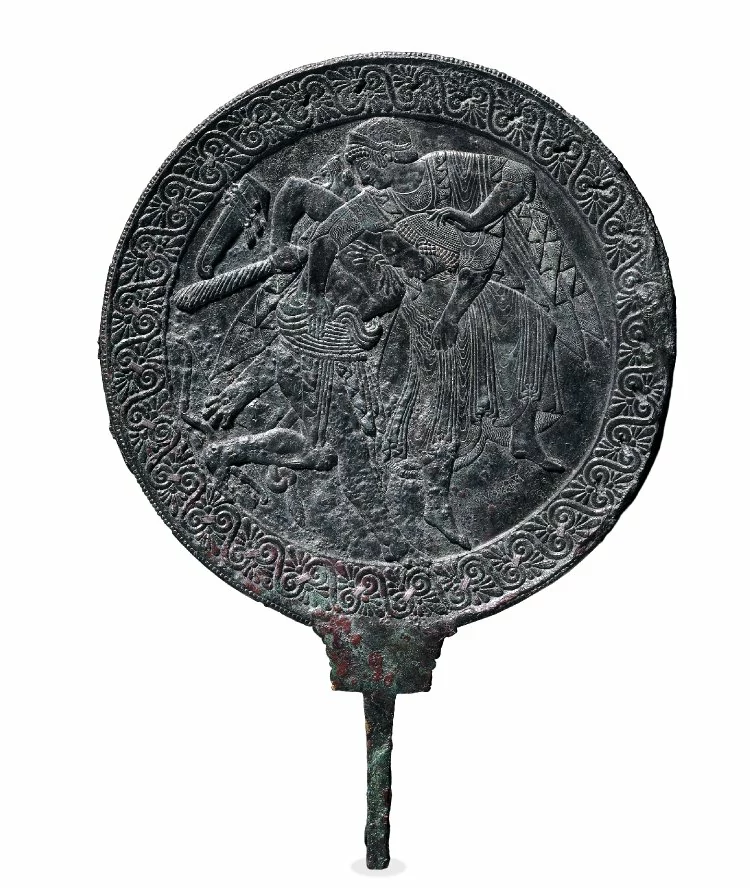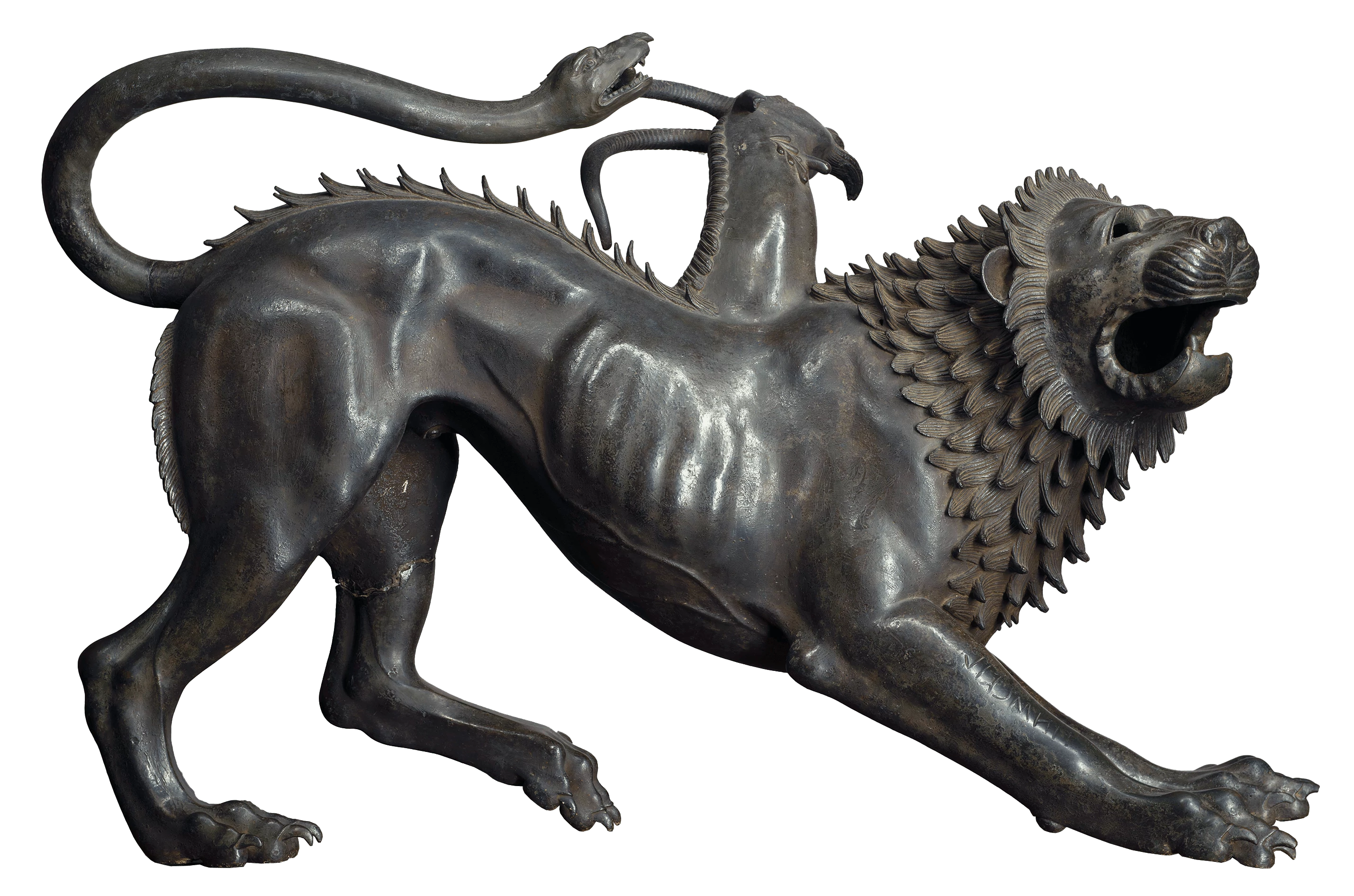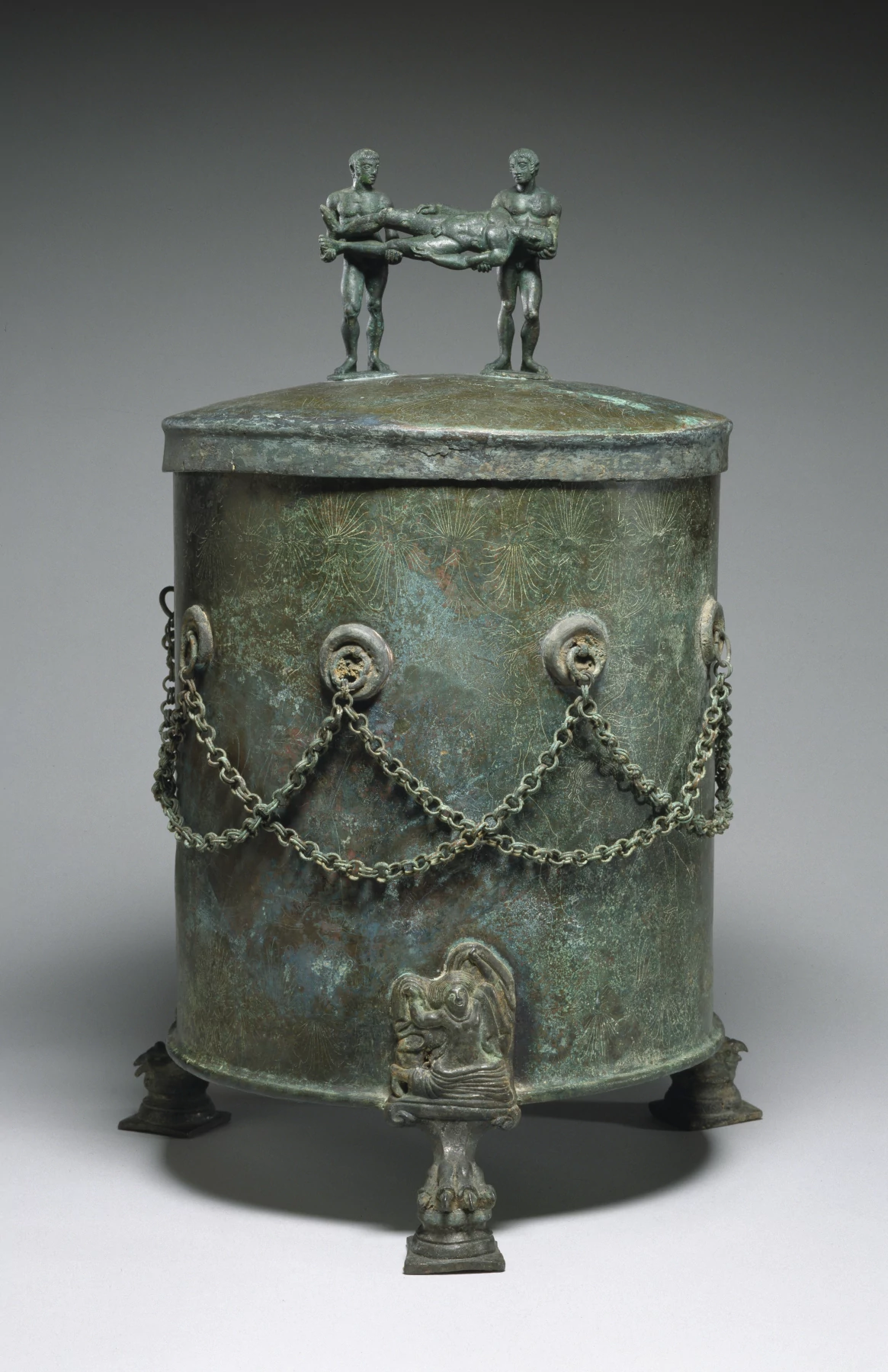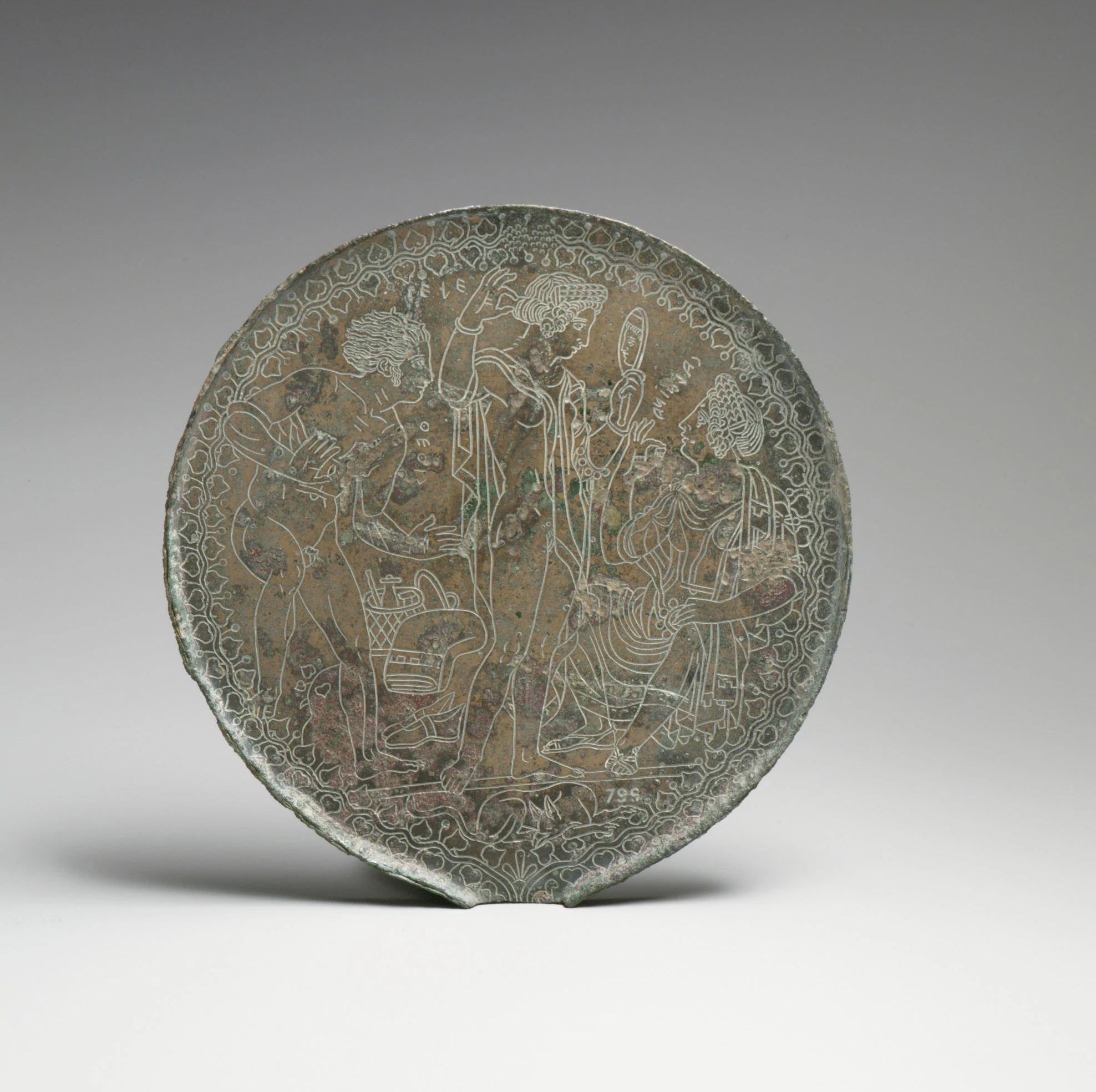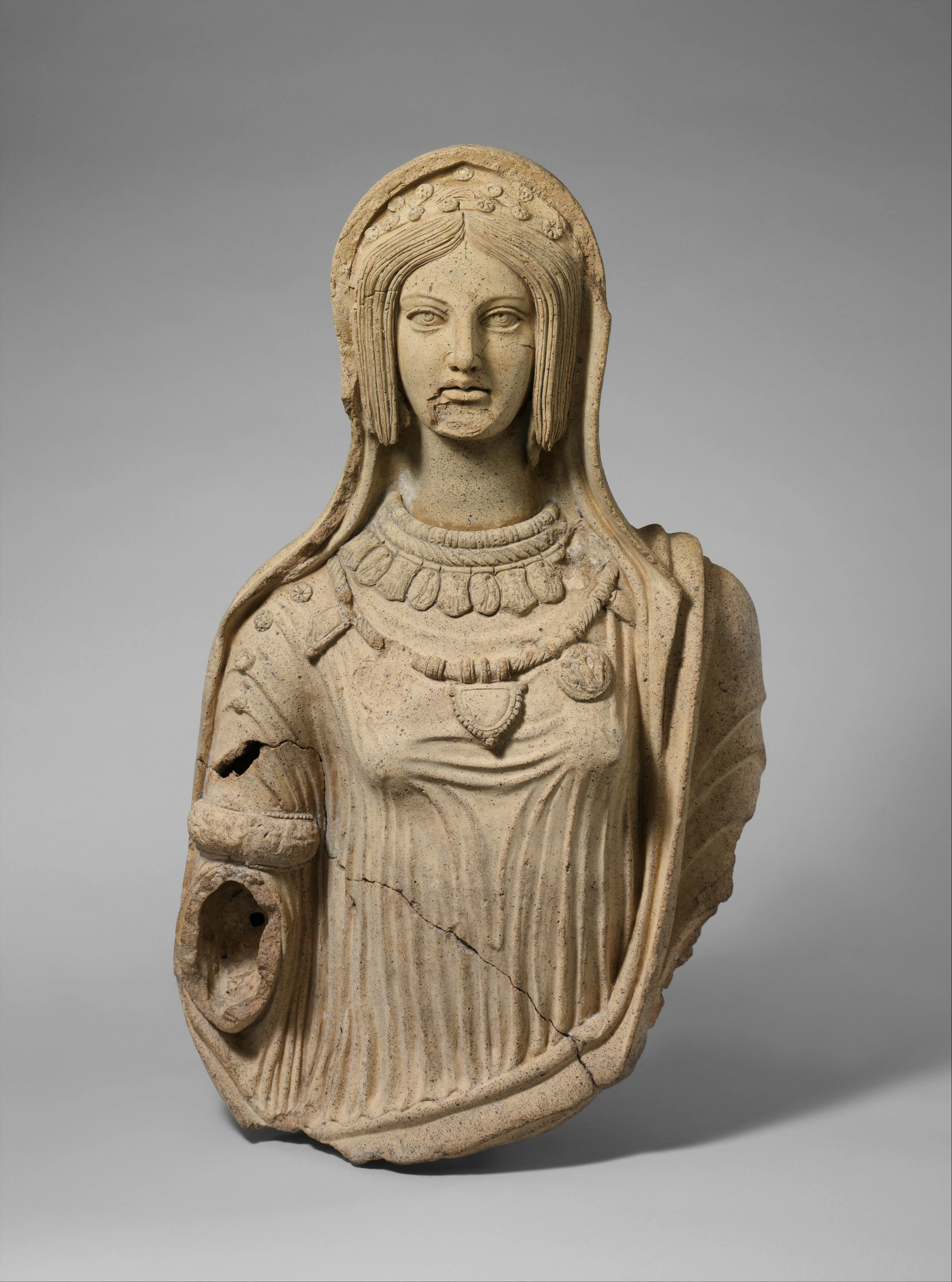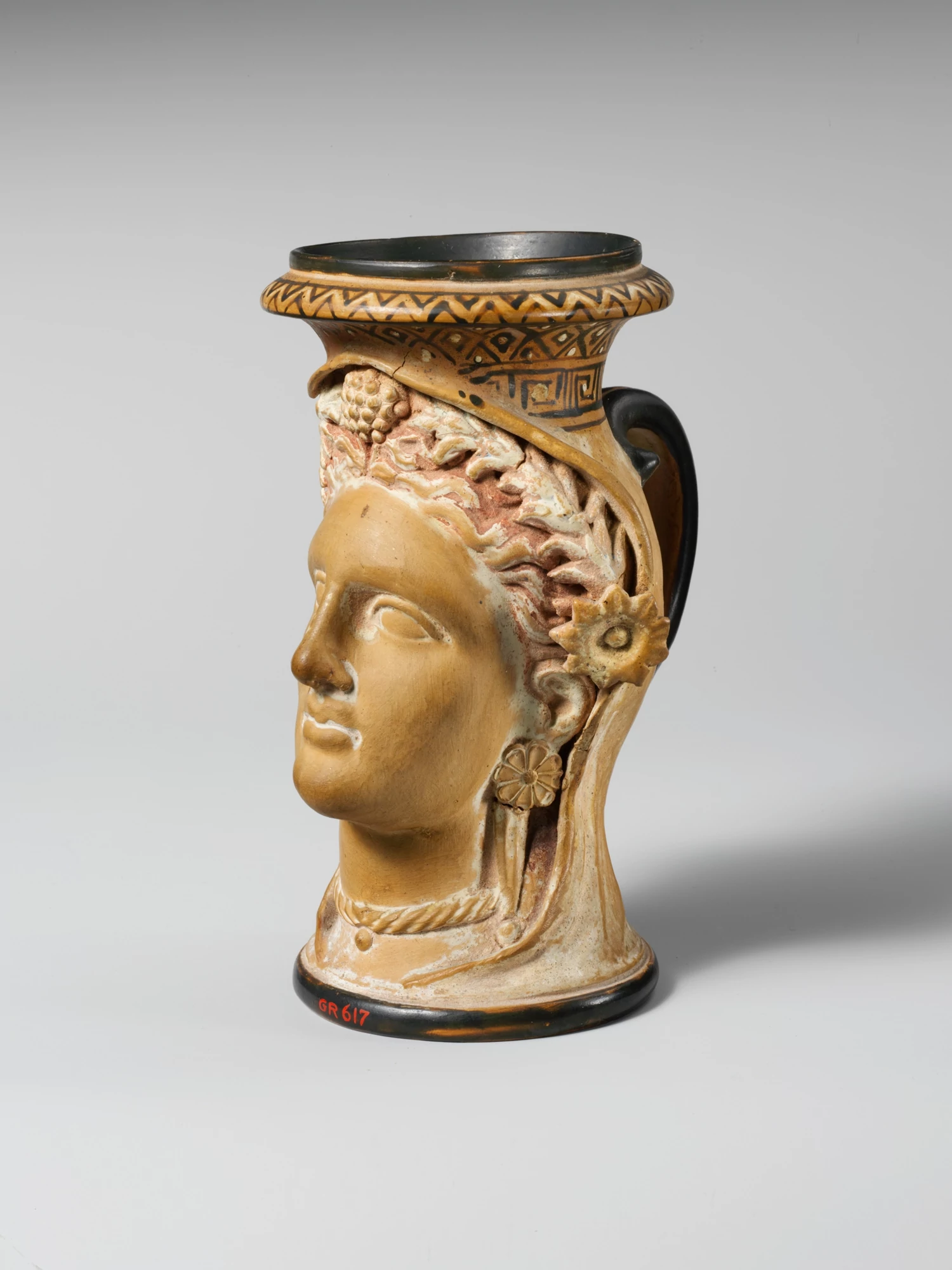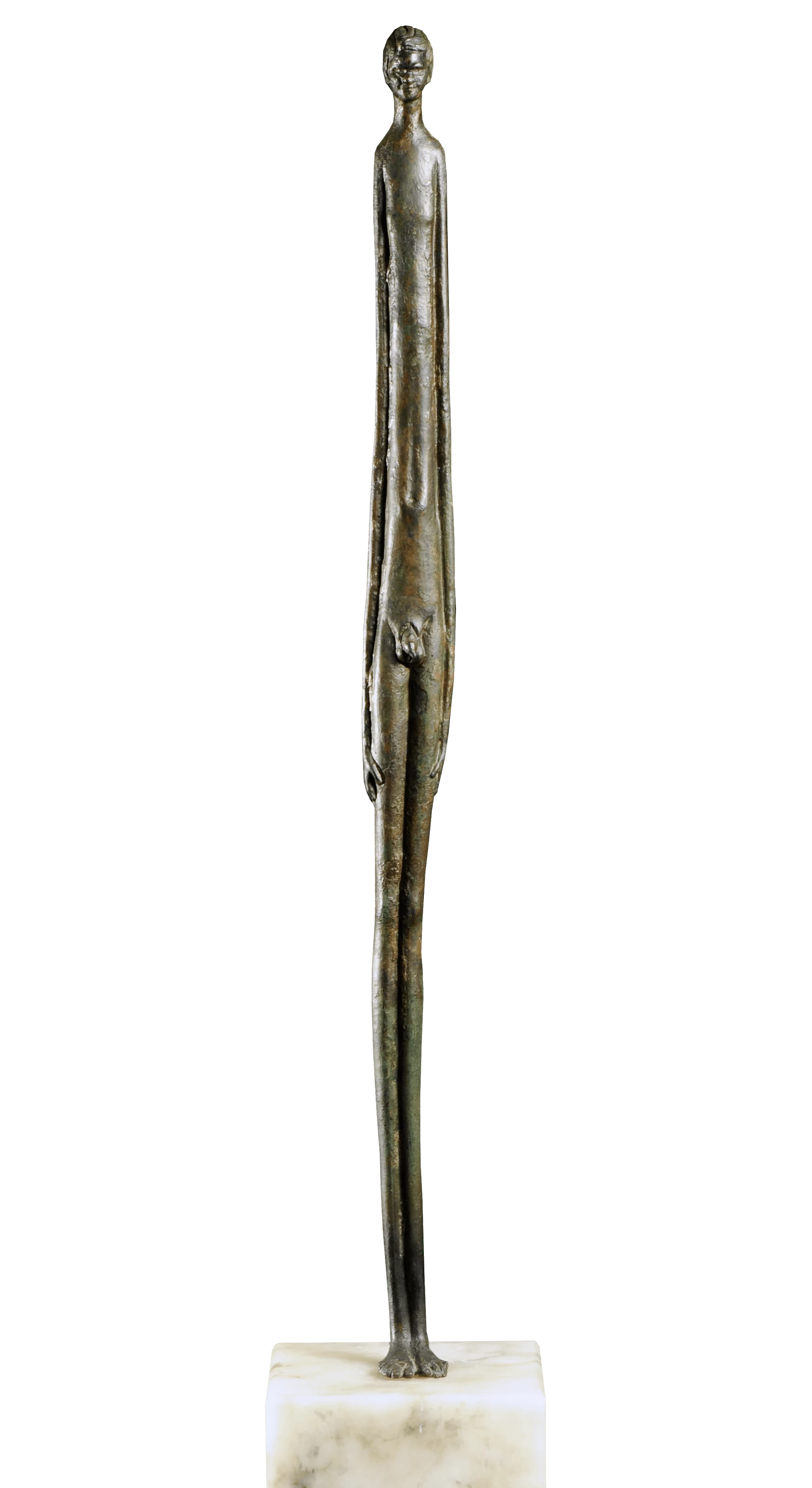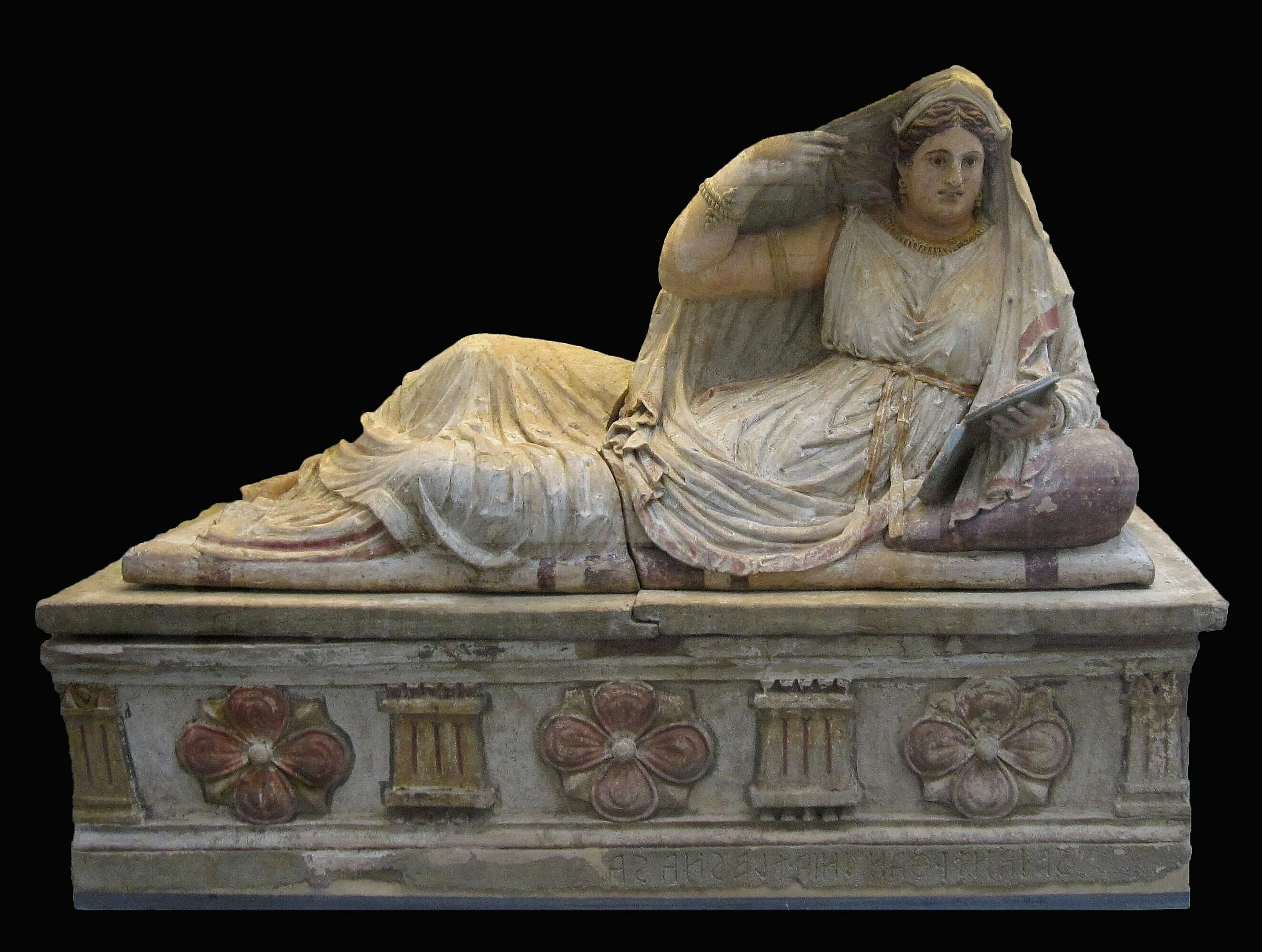From before the birth of Athens to the founding of the Roman empire, a mysterious culture lived on the fringes of the classical world. The Greeks called them Tyrrhenians and believed them to be cannibals. The Romans called them Etruscans, and whispered stories of piracy and witchcraft.
Today, much of our knowledge of Etruscan history and culture is speculation. Only in the past 150 years have we begun to uncover remains of their civilization in western Italy, at sites in Veii, Cerveteri, Tarquinia, Vulci, and Vetulonia. More than 13,000 samples of Ertruscan texts have been discovered, but most are short memorial messages found on funerary urns. No major works of religious, historical or narrative literature have been found.
What can we surmise about these mysterious seafaring people from their art? Like many ancient cultures, much of the art that remains is funerary: catacombs and necropoli full of urns and sarcophagi. The first thing we see is humor. These are smiling people, often immortalized in a moment of relaxation. It’s been suggested that women were equals in this society, since they share the same space and scale as their male partners in memorial sculptures. Among the few discovered frescos, we see banquets and wine. The Etruscan civilization lasted 1000 years, and never built an empire—maybe they were having too much fun.




